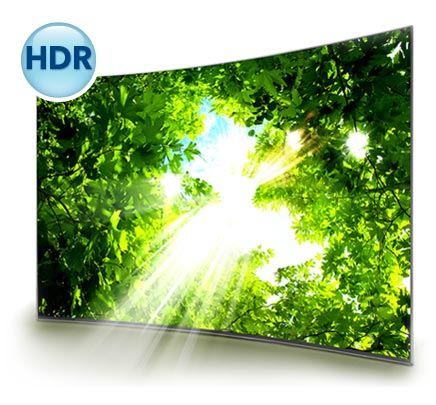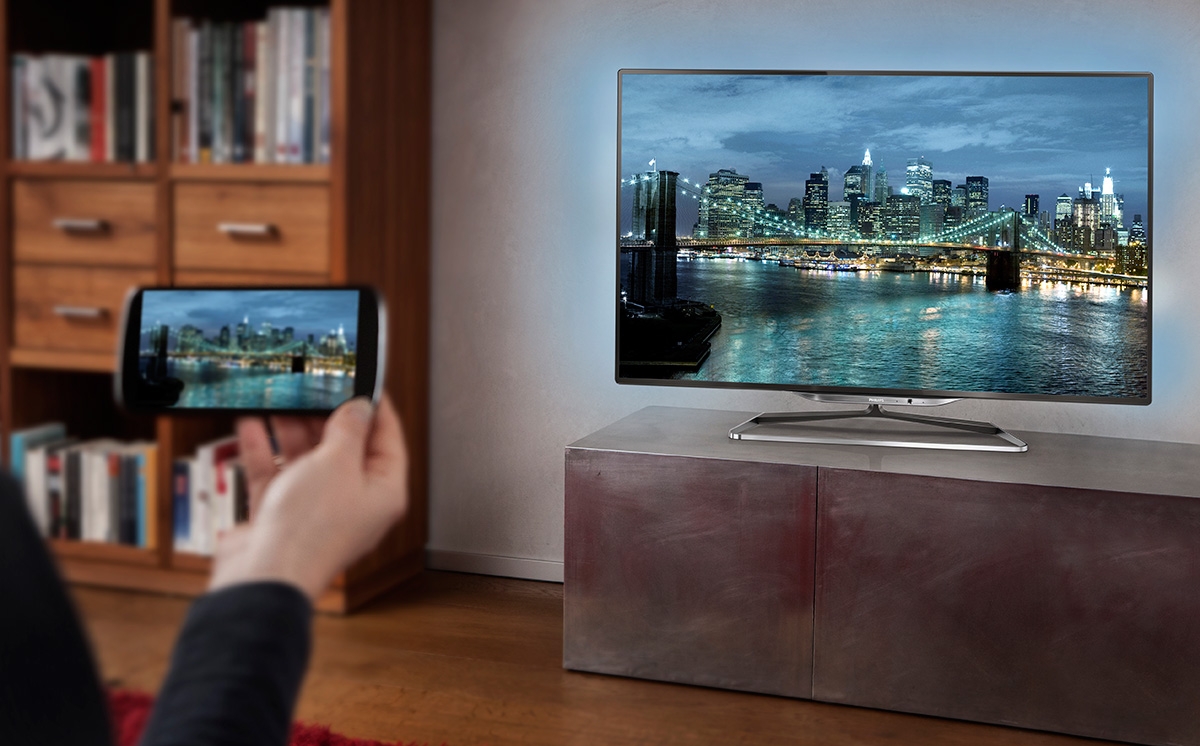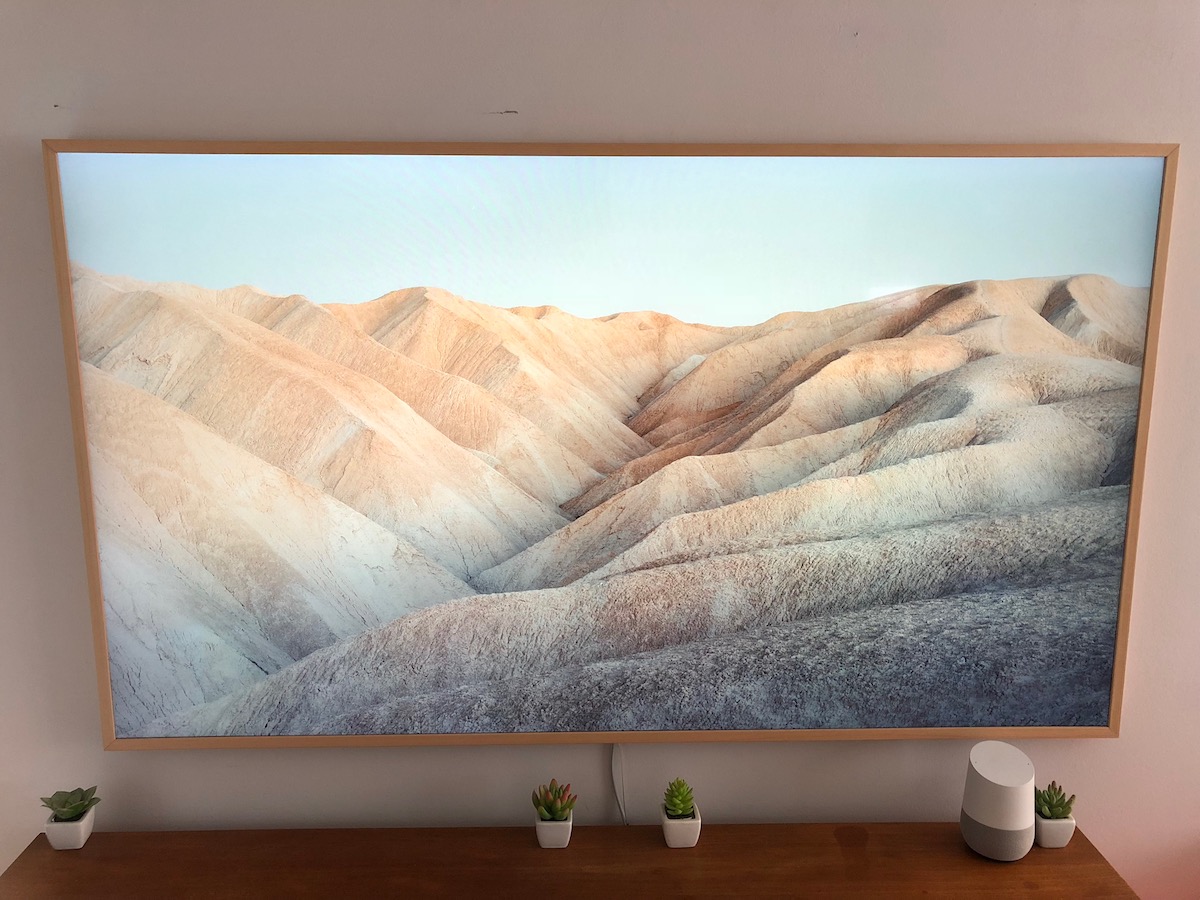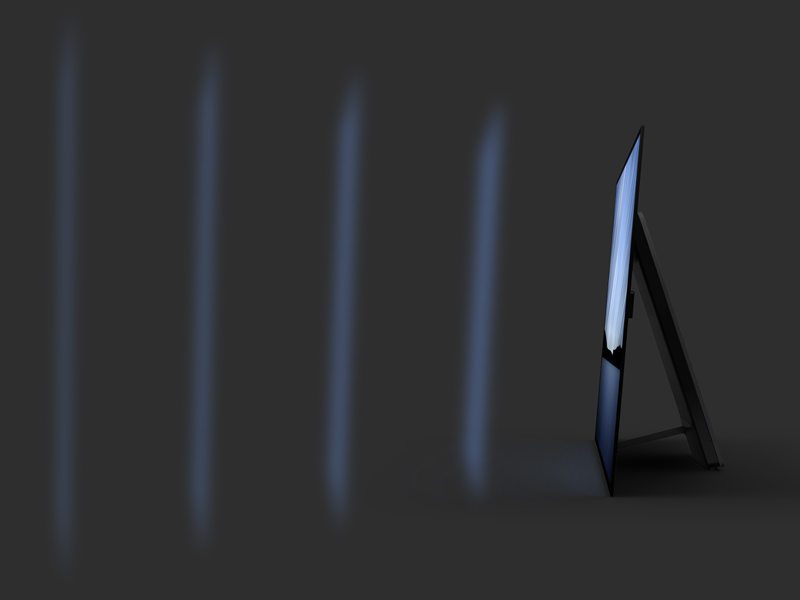 If it’s been a while since you last shopped for a TV you might be feeling overwhelmed at all the different types of television technology out there. There have been vast improvements in quality and technology even in just the last 5 years.
If it’s been a while since you last shopped for a TV you might be feeling overwhelmed at all the different types of television technology out there. There have been vast improvements in quality and technology even in just the last 5 years.
Here’s a quick primer on some of the biggest innovations.
TV Technology improvements: 4K TV
4K TV is the highest resolution you can get in a TV; it’s four times more detailed than even today’s standard HDTVs, so it makes lines ultra sharp, and creates a video picture so real you’ll want to touch it.
So why is 4K so revolutionary and how does it make TV watching better? To answer that question, we need to talk pixels: the ‘4’ part of the 4K TV name comes from the approximate number of horizontal pixels; there are about 4000 (hence 4K), while a regular HD TV has only about 2000 horizontal pixels.
4K TV resolution is 3,840 x 2,160 pixels, which adds up to more than 8 million pixels in total. Do the math and it’s easy to see that 4K TVs give you four times the detail of current HD TVs, so with those eight million total pixels, 4K (Also called Ultra HD) is able to provide more life-like colour, amazingly vivid brightness, authentically realistic detail, plus an ultra sharp video picture.
Click here to read more about 4K in Learning New TV Tech: all about 4K TV.
Want to check out a 4K TV? You’ll see versions from nearly every manufacturer, like Sony and Samsung or Sharp Insignia makes a 4K TV with Roku streaming power built in, as one example.
TV Technology improvements: HDR
 HDR stands for High Dynamic Range. This technology has made replicating colours and light more realistic and creates a far more natural viewing experience.
HDR stands for High Dynamic Range. This technology has made replicating colours and light more realistic and creates a far more natural viewing experience.
HDR technology helps the TV produce billions of colours, so what you see on screen (like this 55” Sharp HDR model) is hyper-realistic, and with more subtle gradation so it looks more like real life.
Older model televisions gave us basic red-green-blue-yellow colours and their associated blends, but the picture just wasn’t realistic. Today, you can can get thousands of shades of blue in a sky for gorgeously realistic nature shows, or a hundreds of shades of sand so that Matt Damon’s Martian landscape looks ultra real.
HDR TVs are also known for the way the accurately reproduce light. Instead of harsh brights and washed-out blacks of old, you’ll notice brighter bright spots without glare and more detail in dark scenes, that show variations of shadow from charcoal to pure black.
Often HDR technology is combines with 4K resolution, and the result is a stunning video screen unlike anything you’ve seen.
Read more about HDR TV technology here.
TV Technology improvements: Smart TVs
 Most TVs sold today have some kind of smarts built in. From streaming services, to online channels, apps and even the ability to surf the web, TVs are becoming full entertainment portals. It’s common for a new TV to have YouTube and Netflix built in for easy streaming, and for you to be able to download other apps or channels you may be interested in.
Most TVs sold today have some kind of smarts built in. From streaming services, to online channels, apps and even the ability to surf the web, TVs are becoming full entertainment portals. It’s common for a new TV to have YouTube and Netflix built in for easy streaming, and for you to be able to download other apps or channels you may be interested in.
Smart TVs, like this Toshiba version which has Google Chromecast streaming built in tend to be very intuitive, so there’s next to no learning curve, meaning every member of the family can easily operate the TV.
TV Technology improvements: Ultra thin TVs
 It’s no surprise that TVs are getting thinner and thinner, but newer developments mean TVs can now hang on your wall like a painting. LG’s ‘Wallpaper’ TVs are one example, and Samsung too has its Frame TV (above) where the TV morphs into a stunning and realistic art gallery display mode when it’s not broadcasting TV.
It’s no surprise that TVs are getting thinner and thinner, but newer developments mean TVs can now hang on your wall like a painting. LG’s ‘Wallpaper’ TVs are one example, and Samsung too has its Frame TV (above) where the TV morphs into a stunning and realistic art gallery display mode when it’s not broadcasting TV.
I had a chance to try out the Frame TV in my home. Read the full review of the Frame TV to find out more.
TV technology improvements: Acoustic Surface
 Sony has started selling a TV with a whole new kind of sound engineering built in. Its Sony Bravia OLED Smart TV is a near-flat TV that also features something called Acoustic Surface. Essentially it’s got a speaker built into the TV screen itself so the audio on a singer’s lips, actually sounds like it’s coming from her lips, not a tinny speaker under the set.
Sony has started selling a TV with a whole new kind of sound engineering built in. Its Sony Bravia OLED Smart TV is a near-flat TV that also features something called Acoustic Surface. Essentially it’s got a speaker built into the TV screen itself so the audio on a singer’s lips, actually sounds like it’s coming from her lips, not a tinny speaker under the set.
The entirety of the TV screen acts as a speaker, projecting audio from various locations across the image. It provides a really interesting effect that makes your TV sound ultra realistic.
TVs are only getting better, but now is a great time to upgrade your set because so much of this amazing new technology has really come down in price. You can get a 4K HDR TV with smart streaming and an ultra thin profile — all in one reasonably priced device.
Check out all the newest TVs at Best Buy



